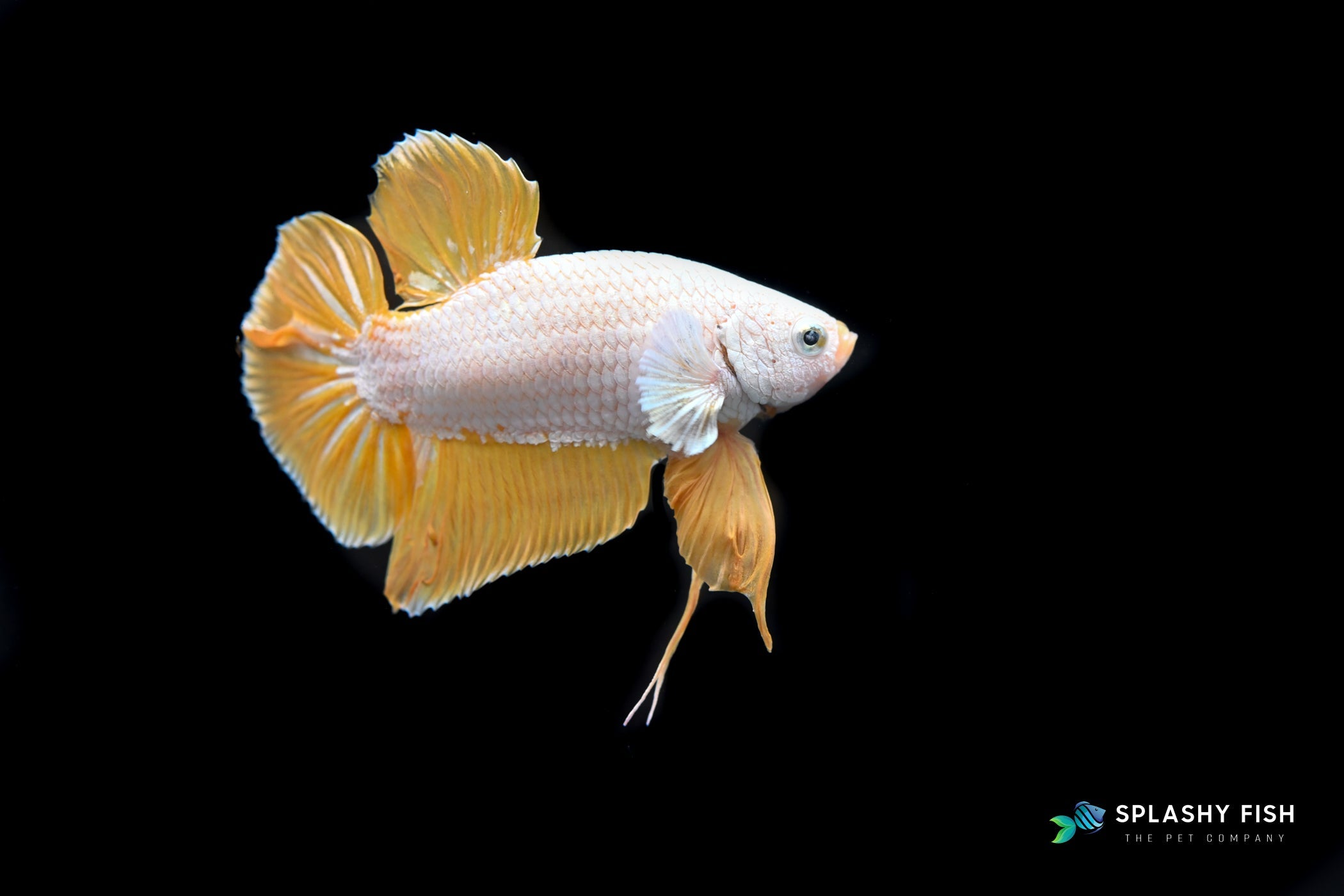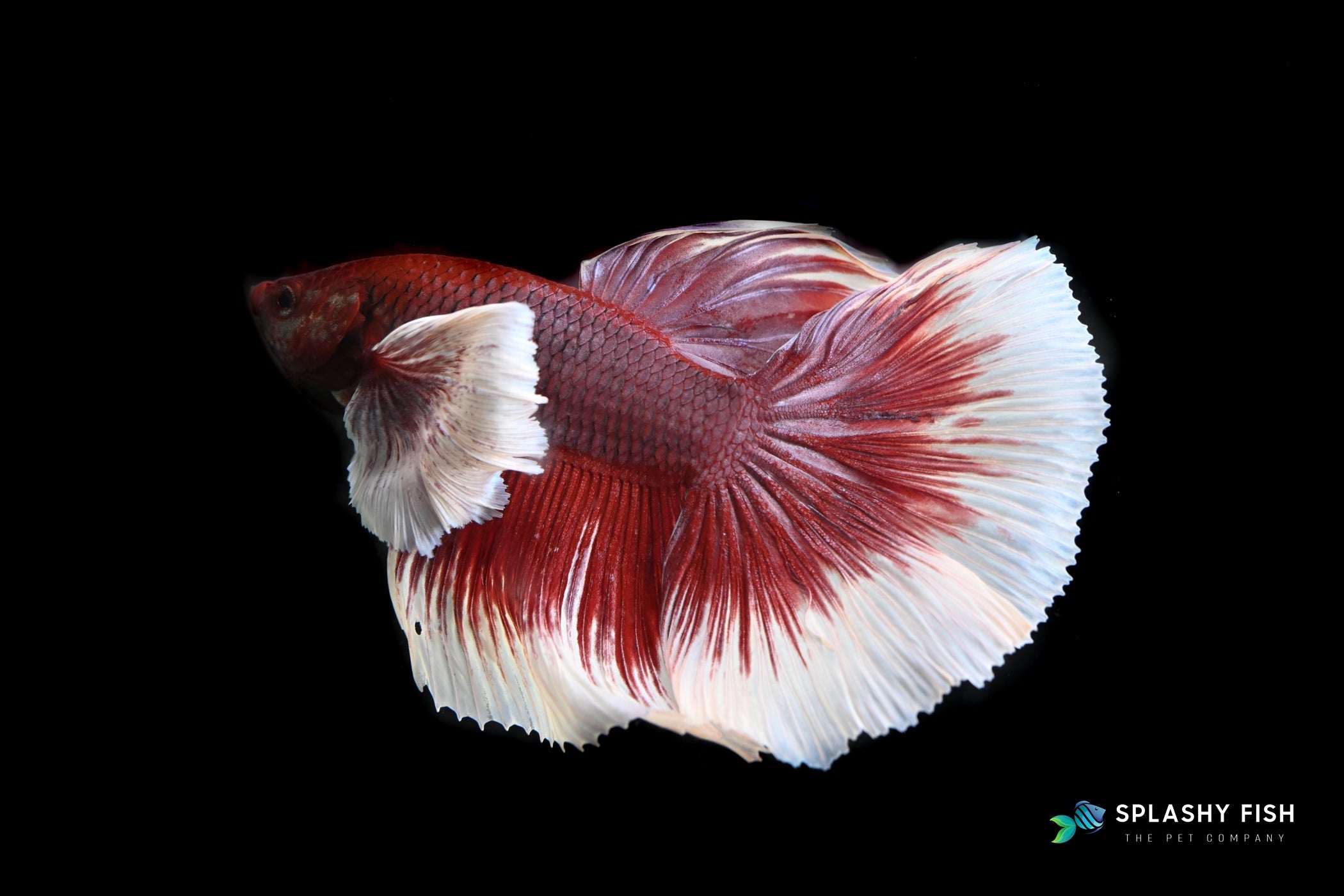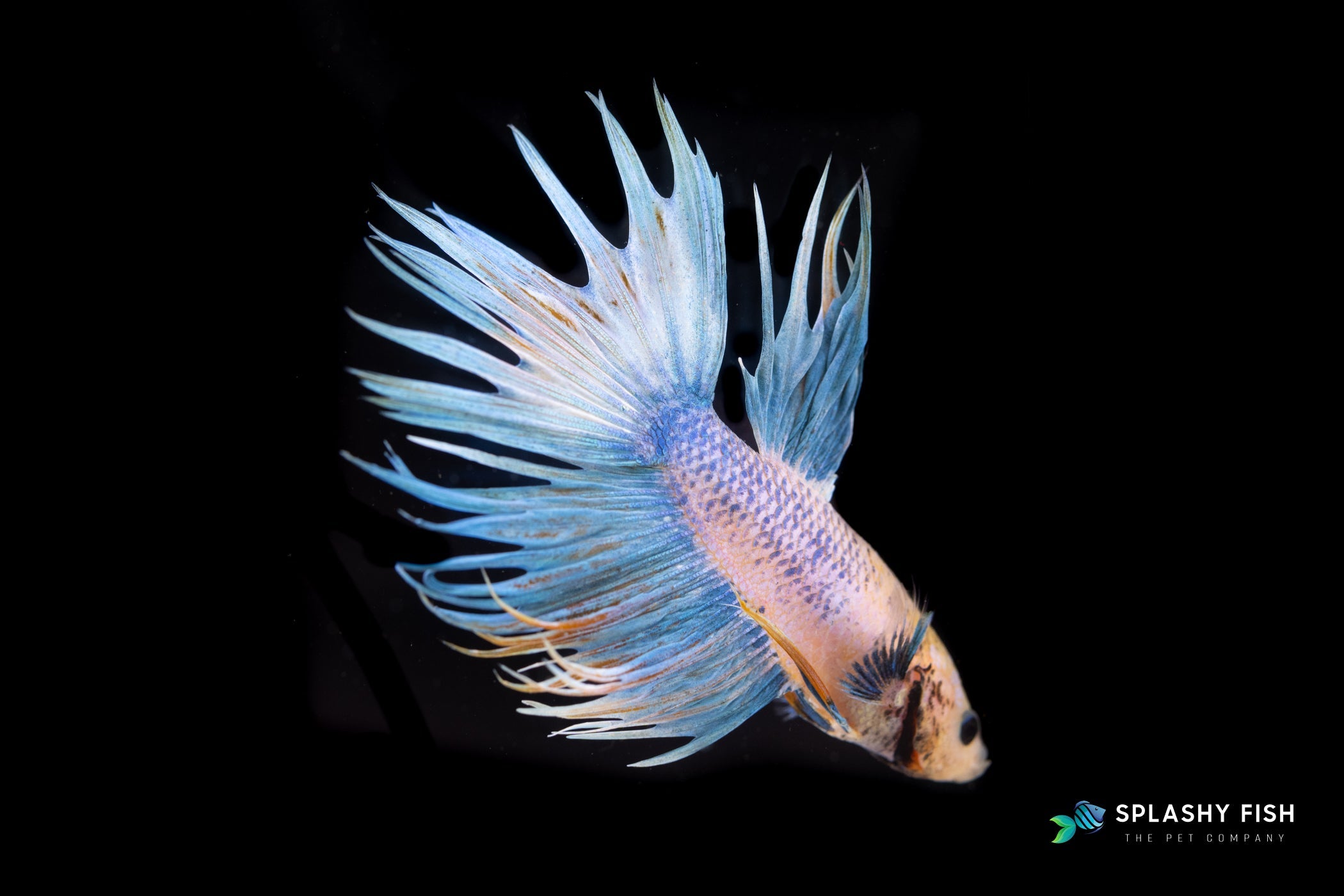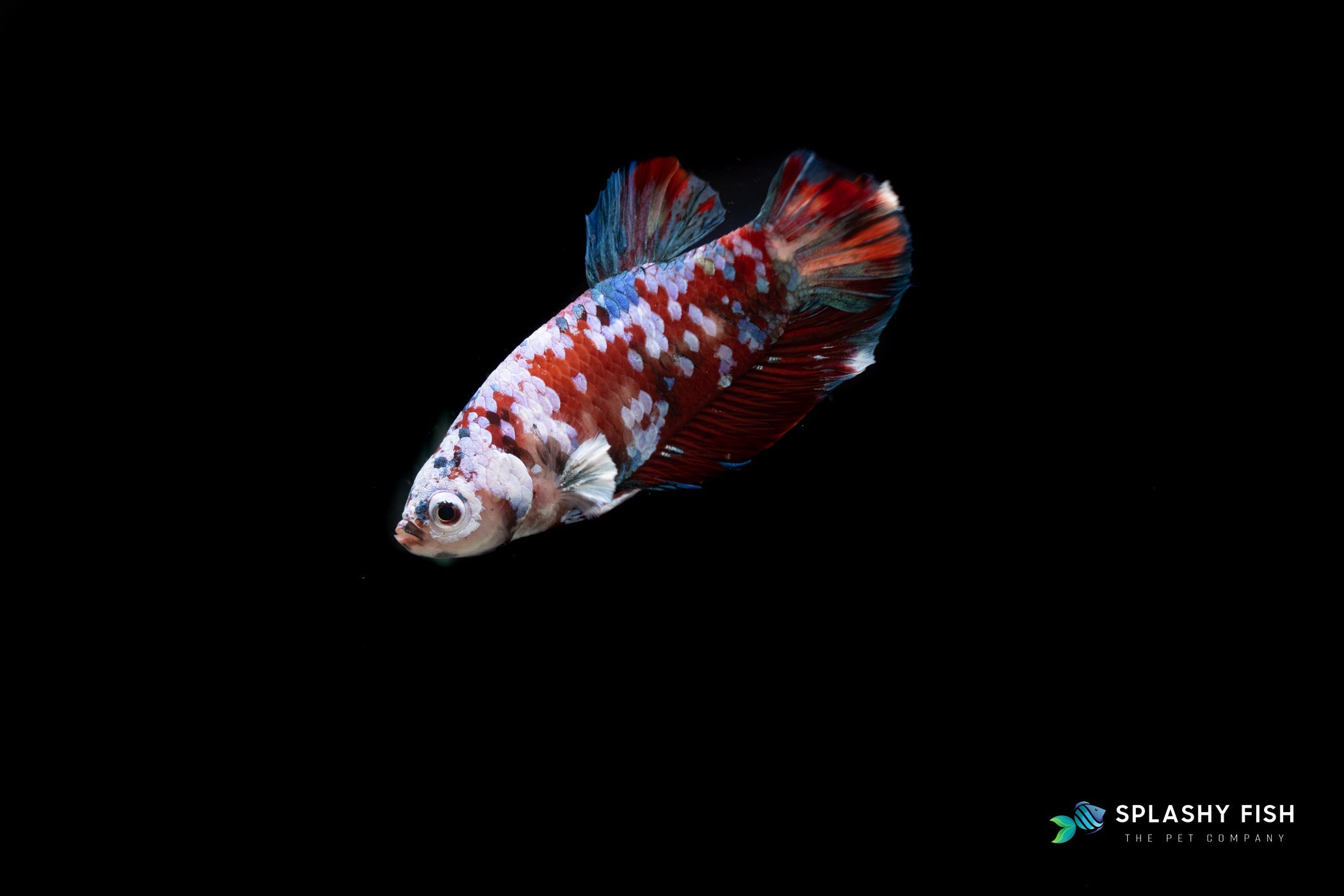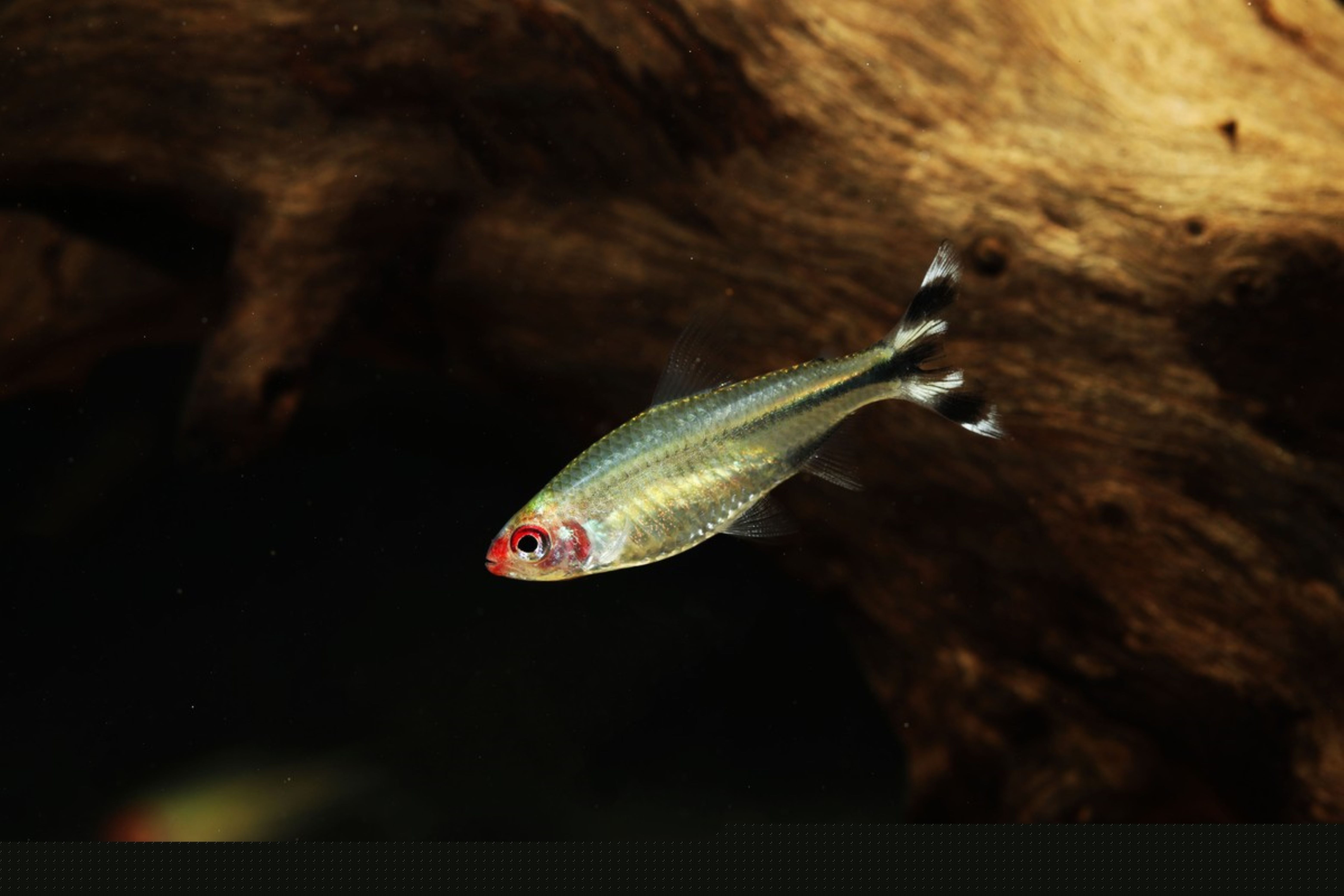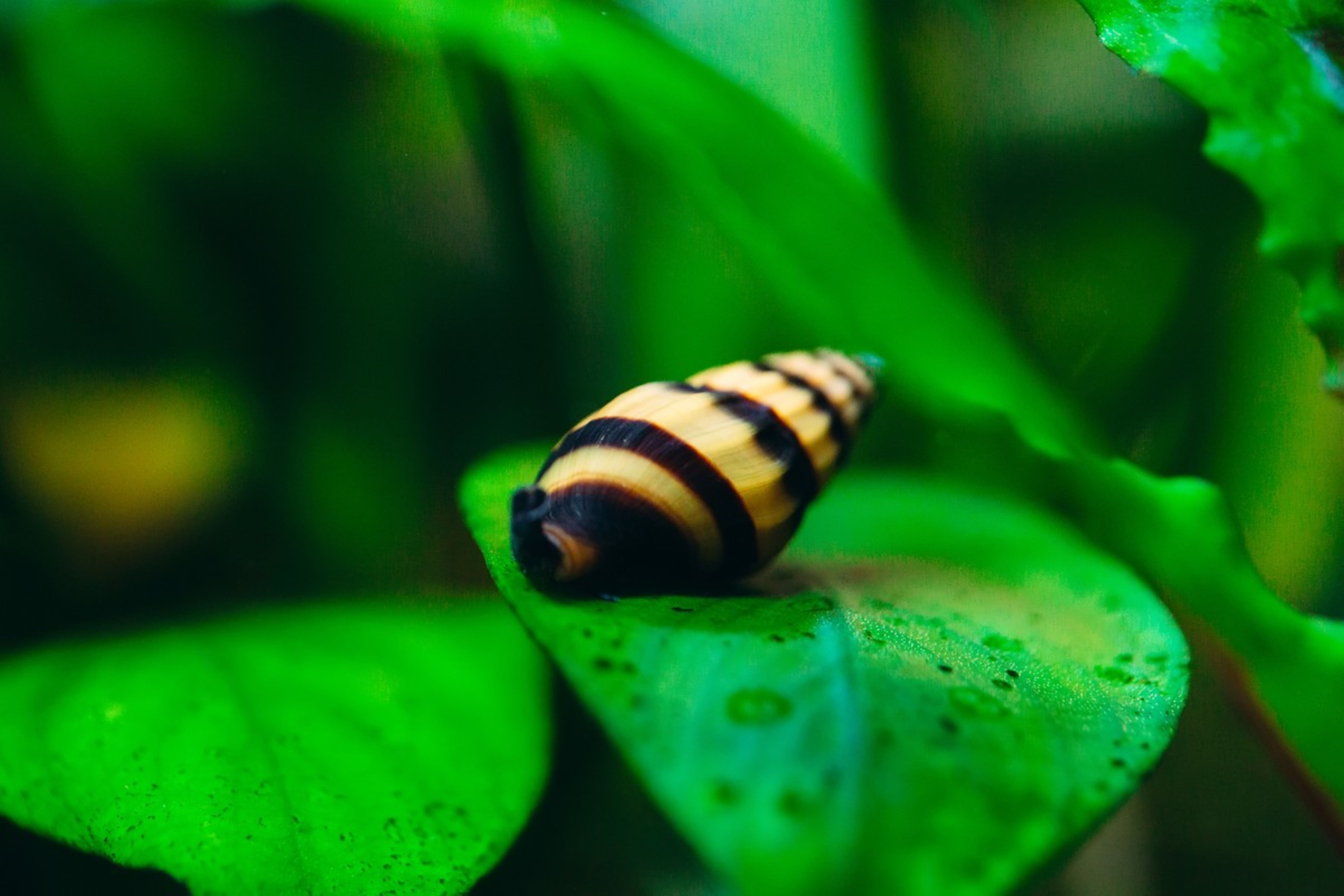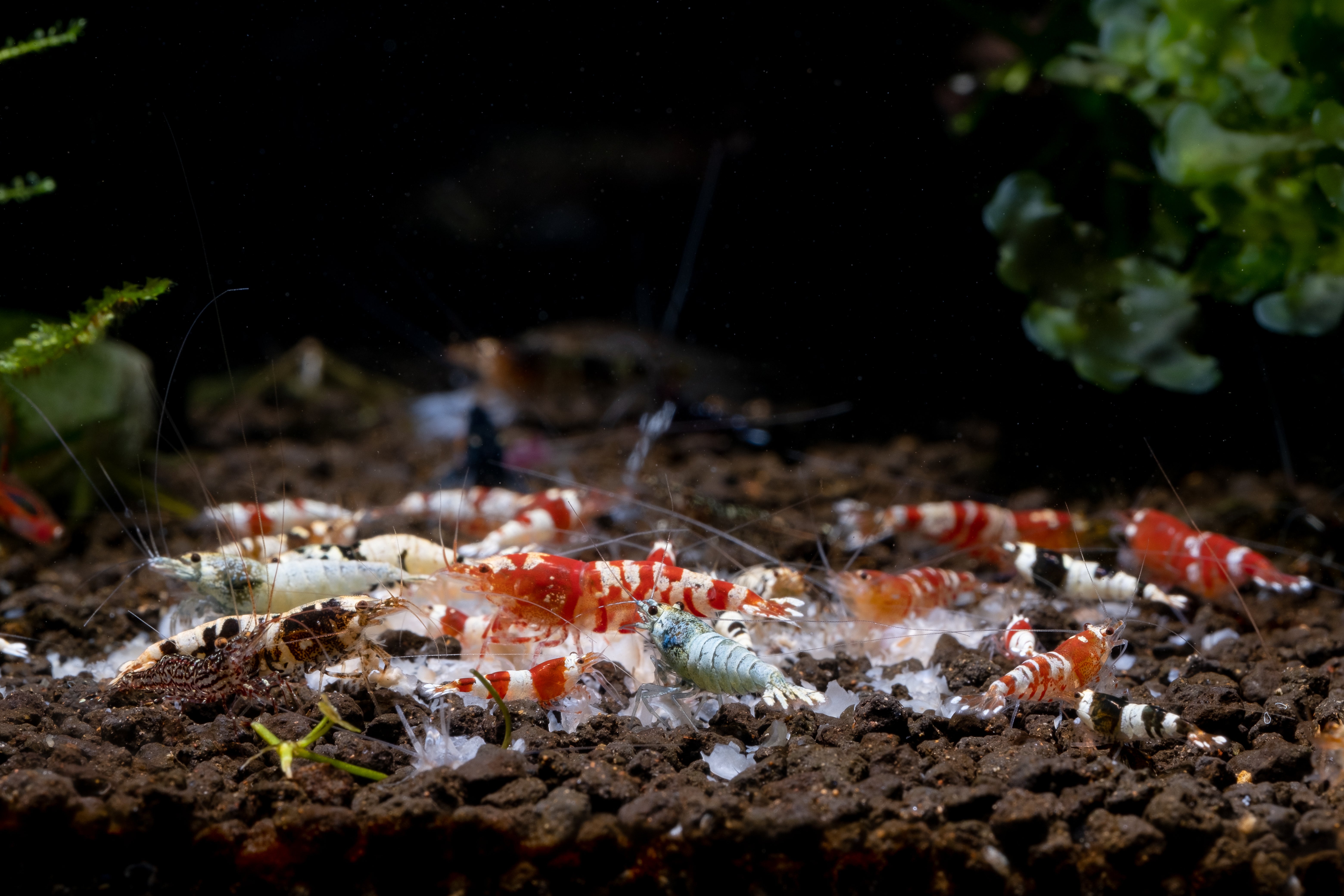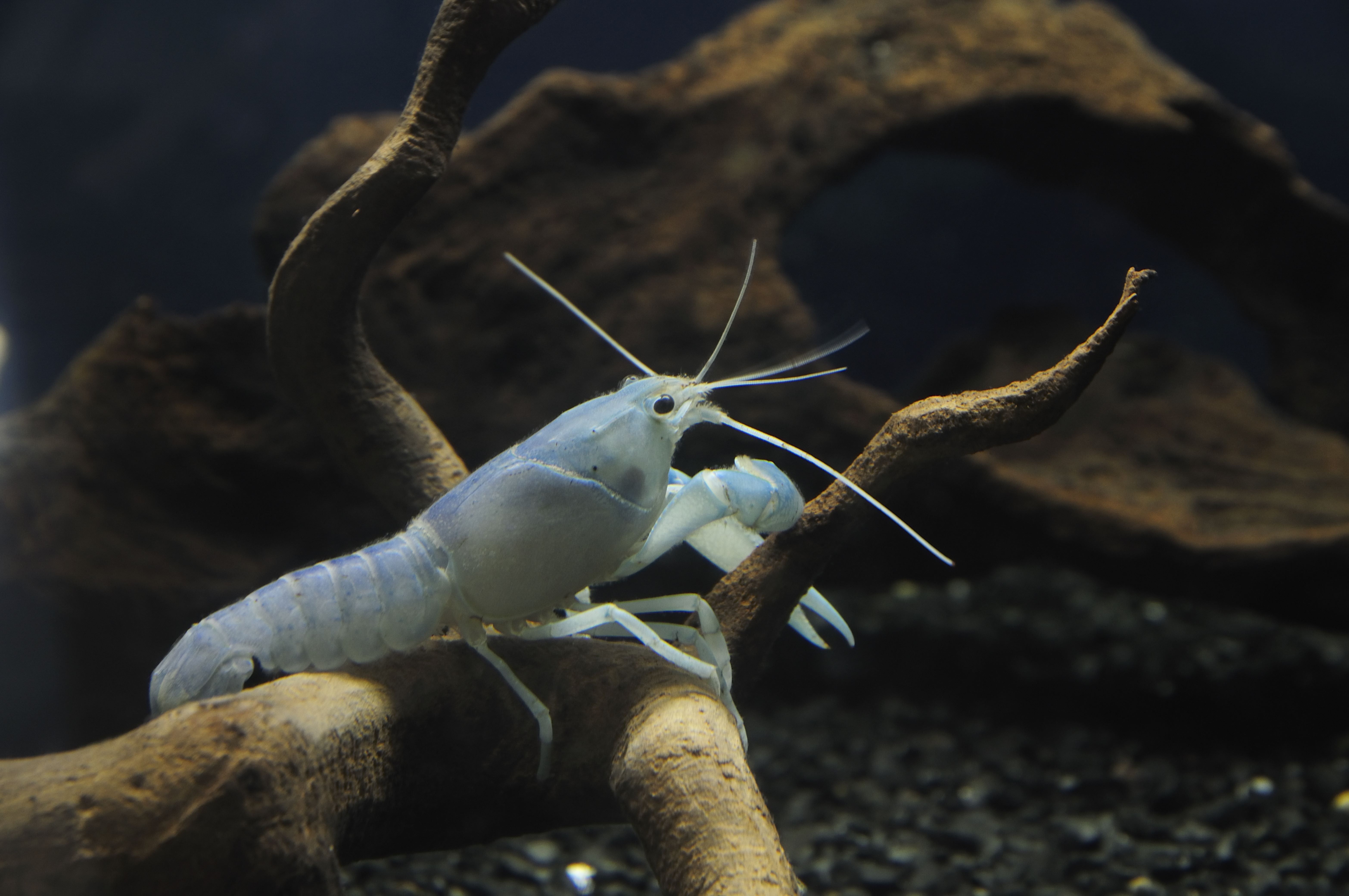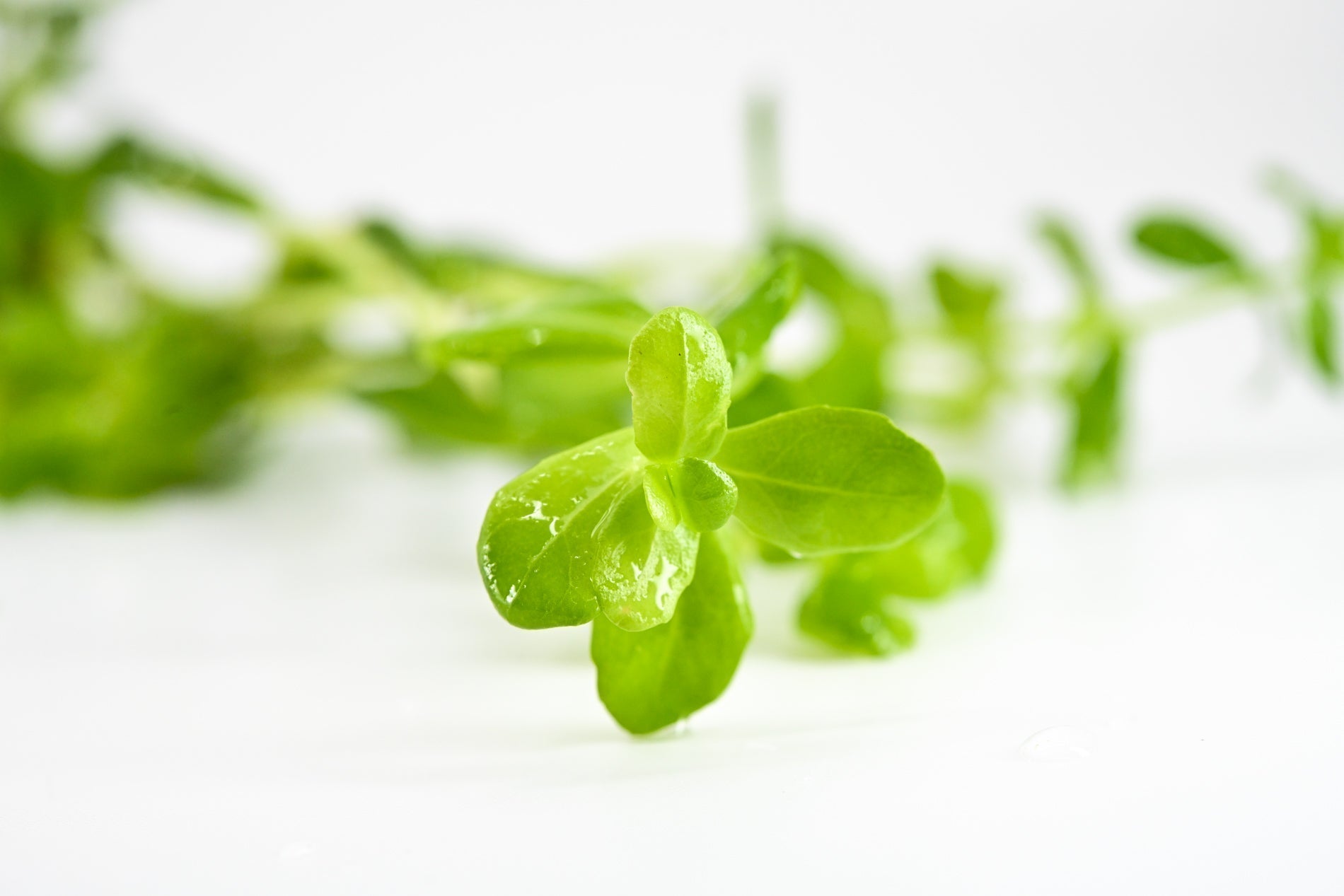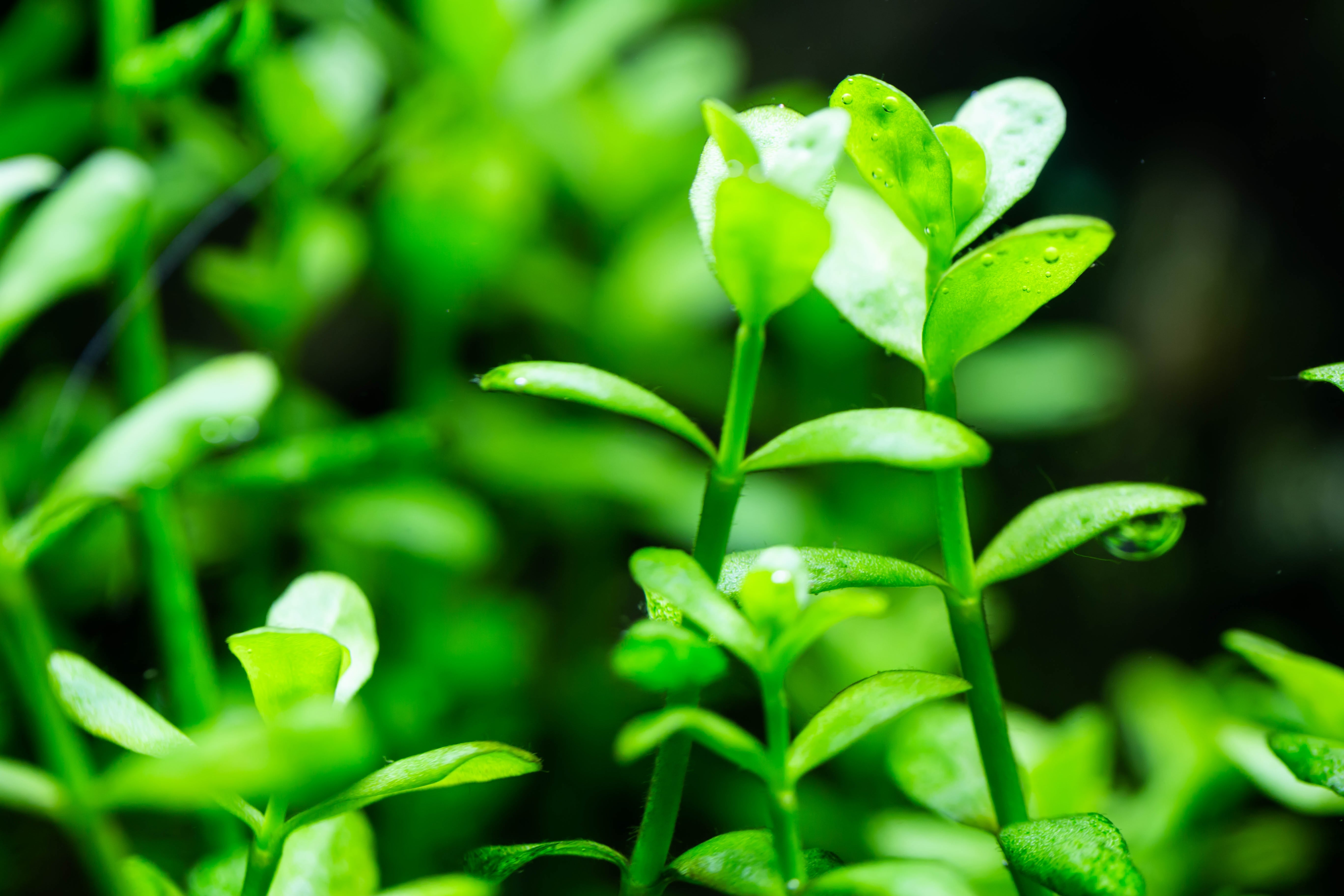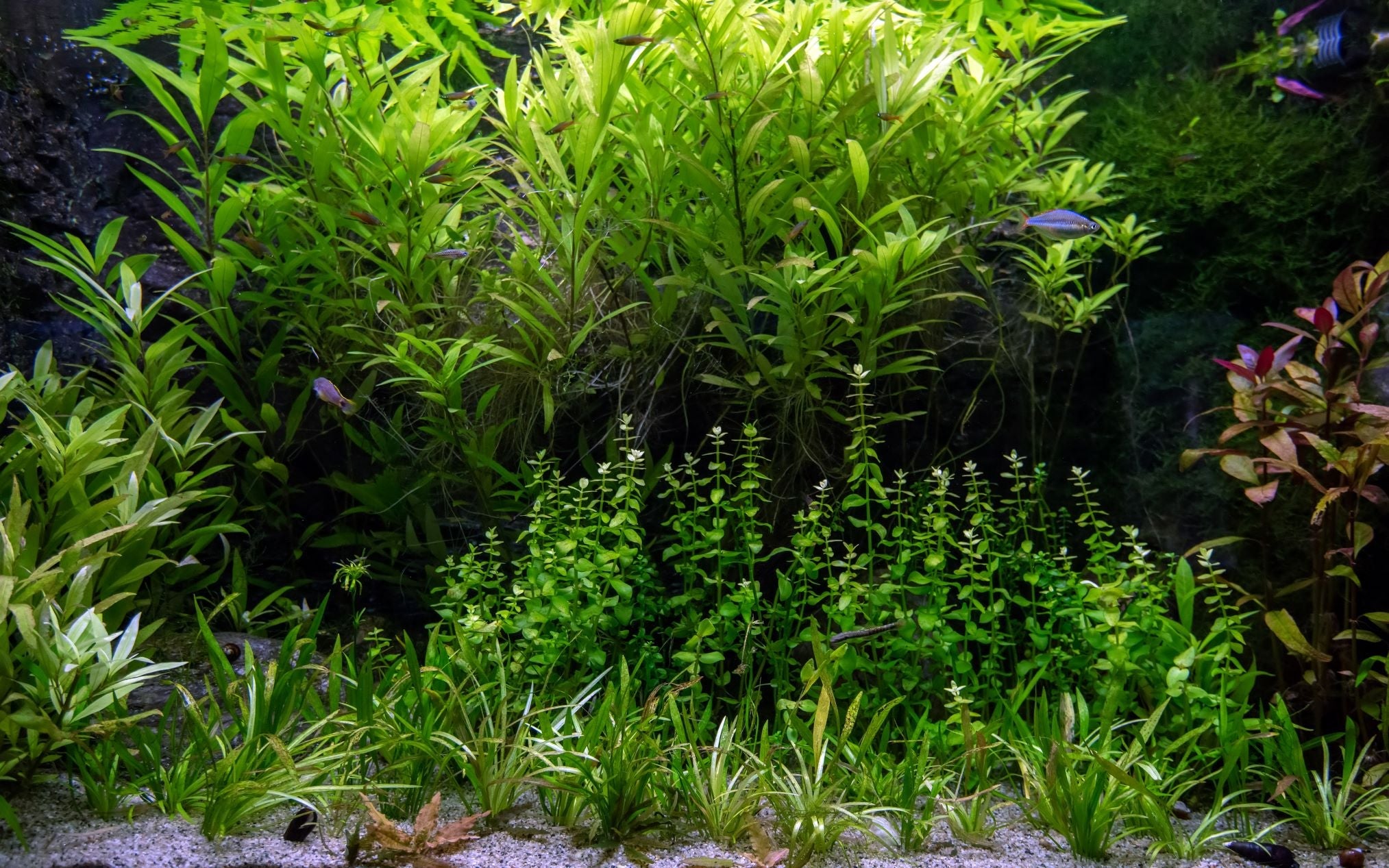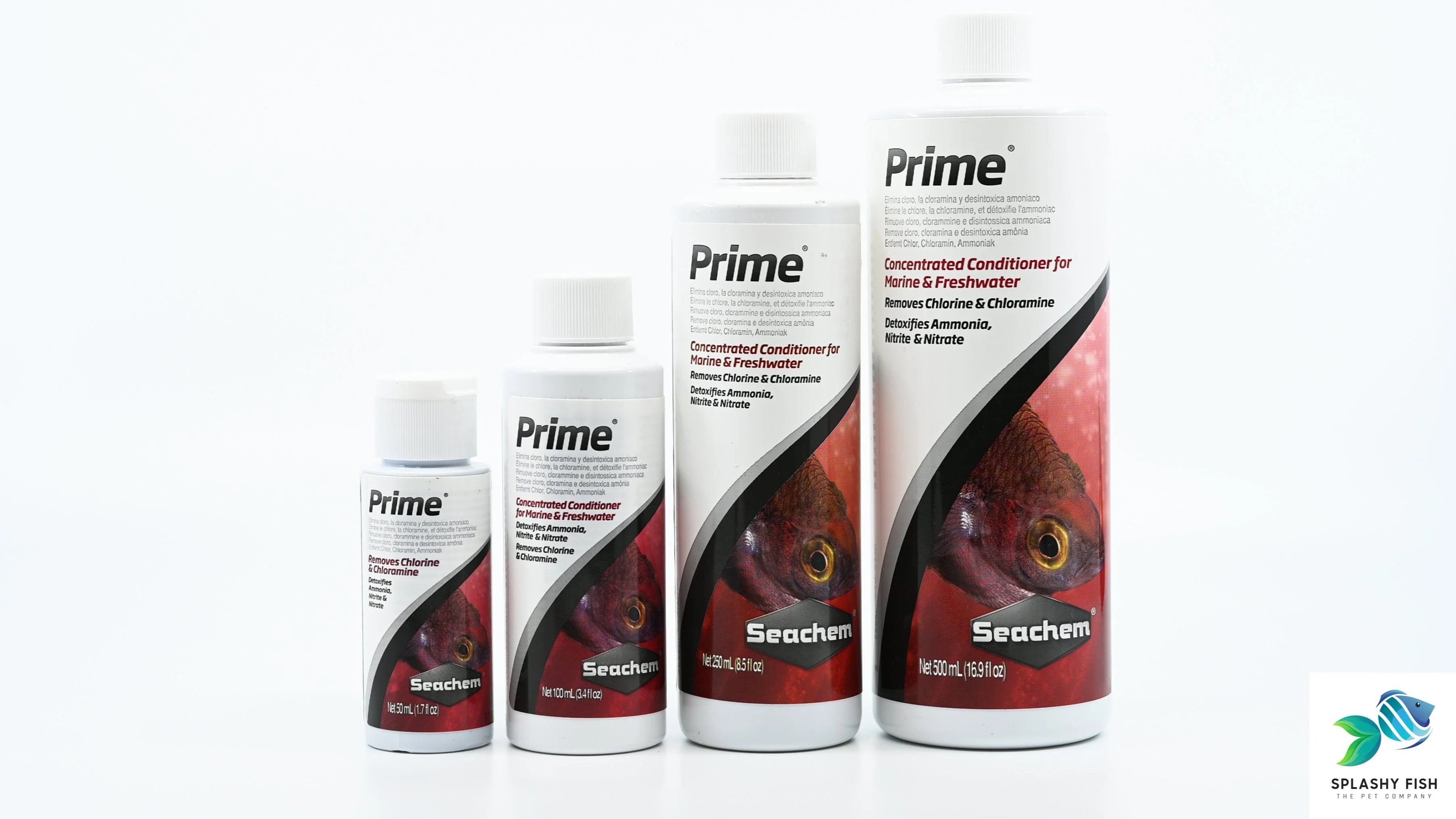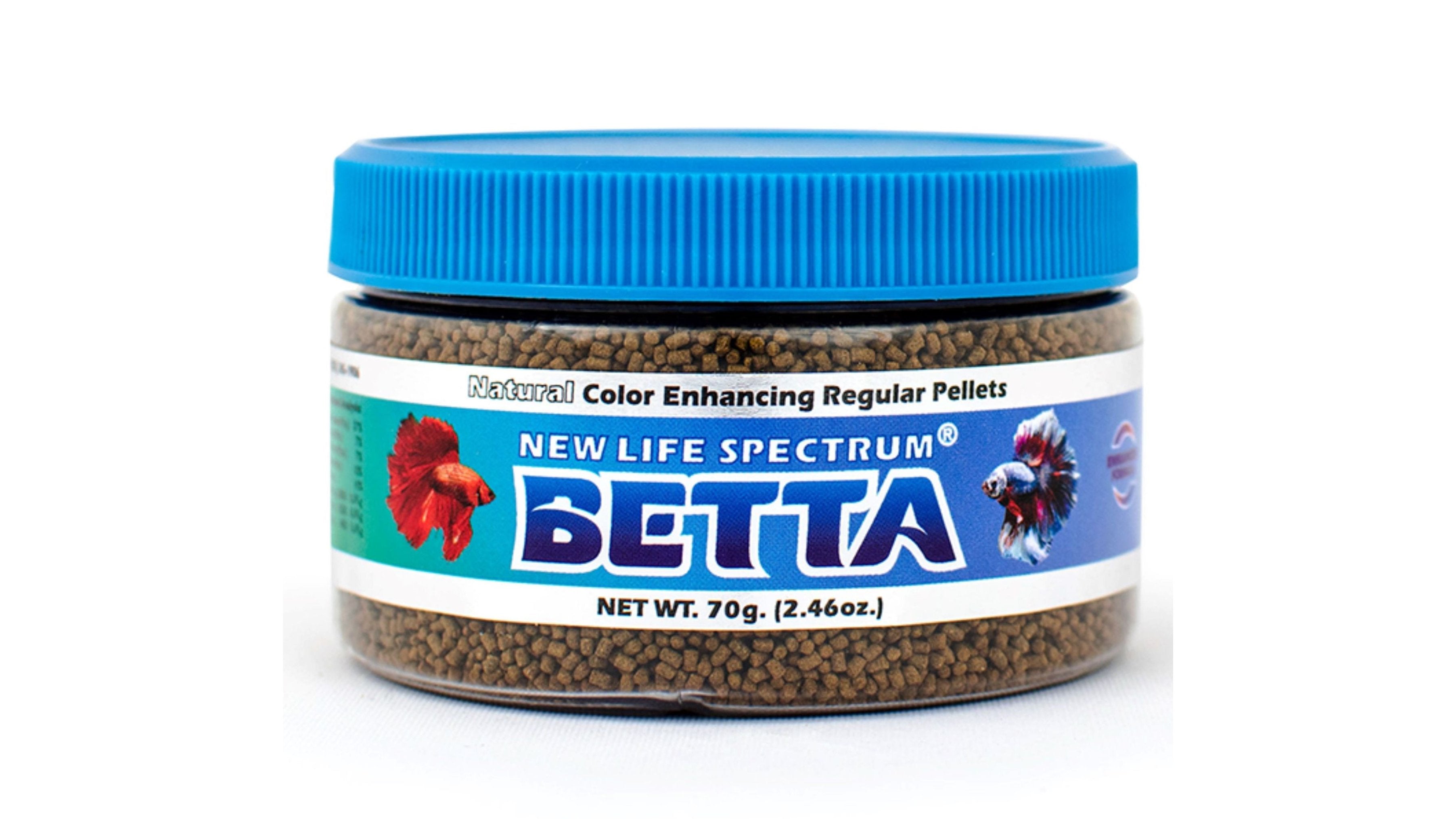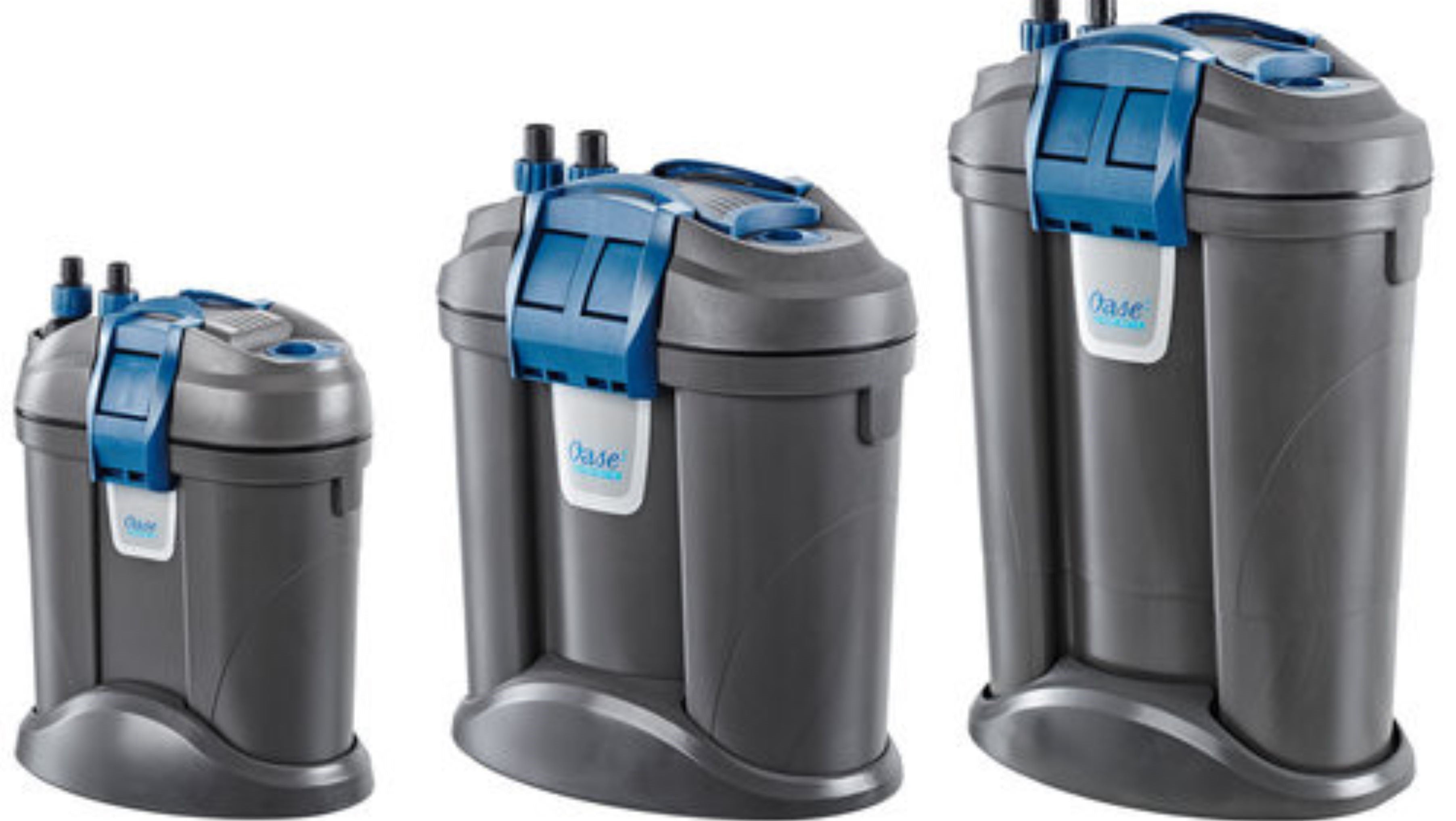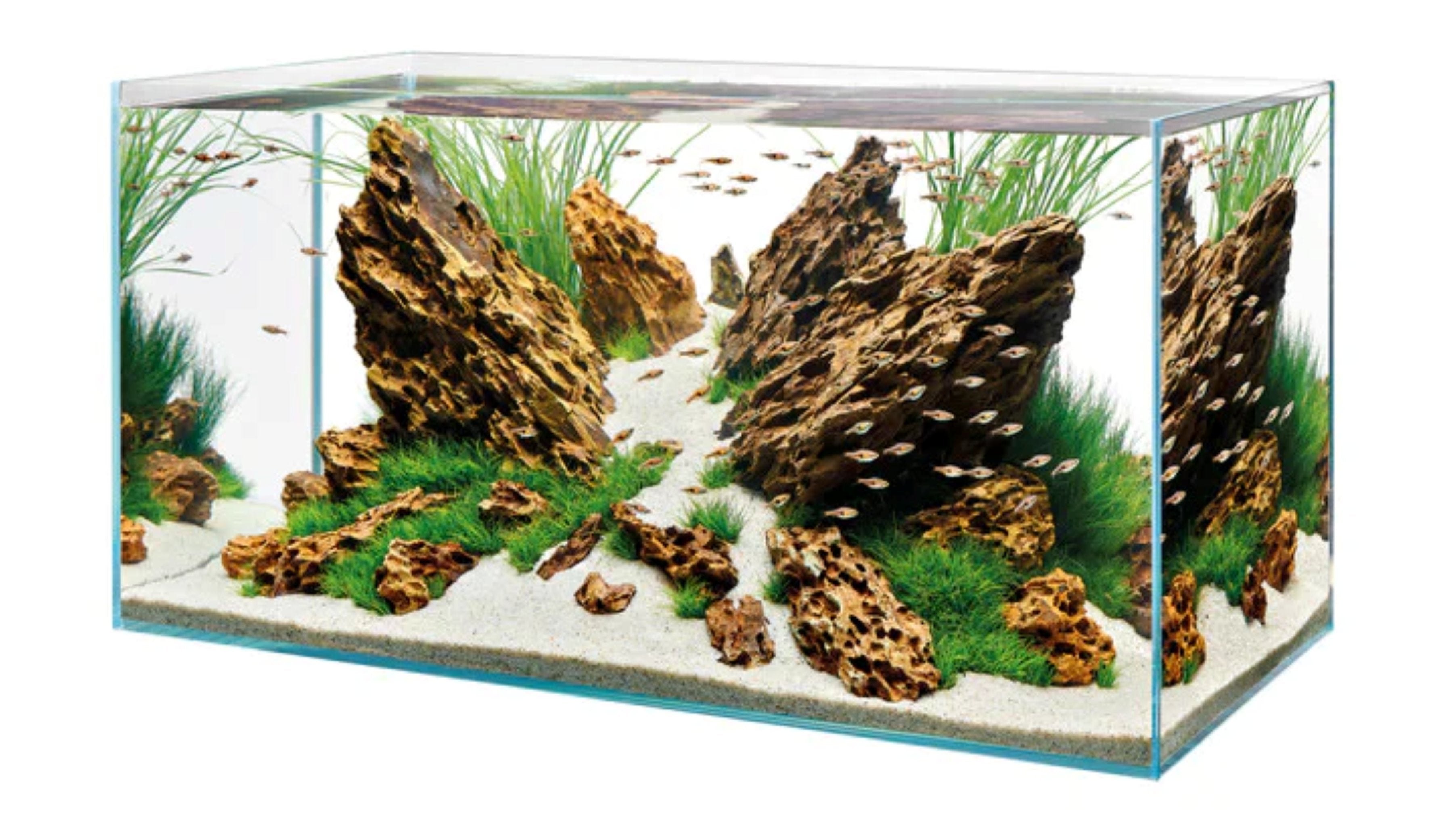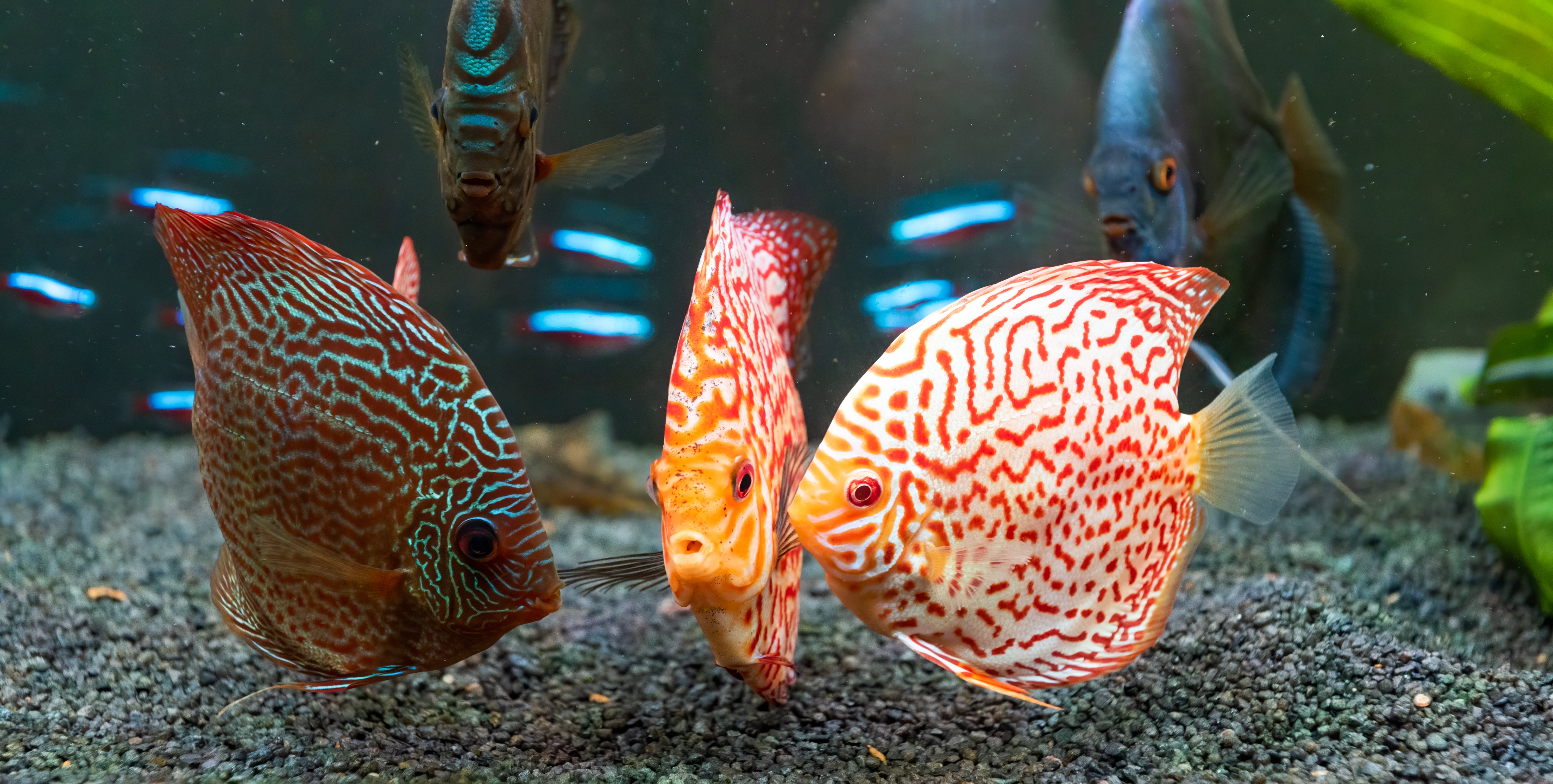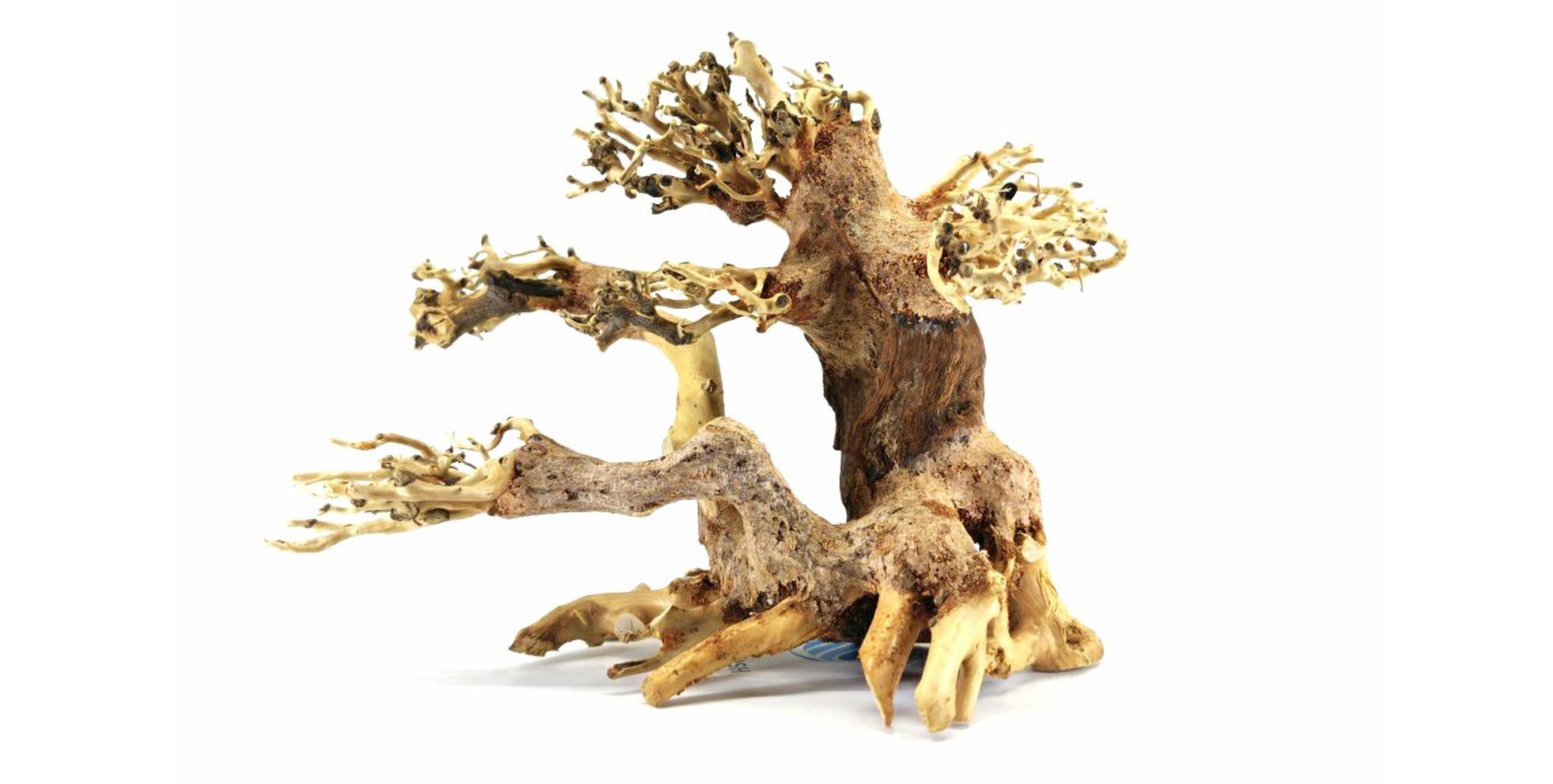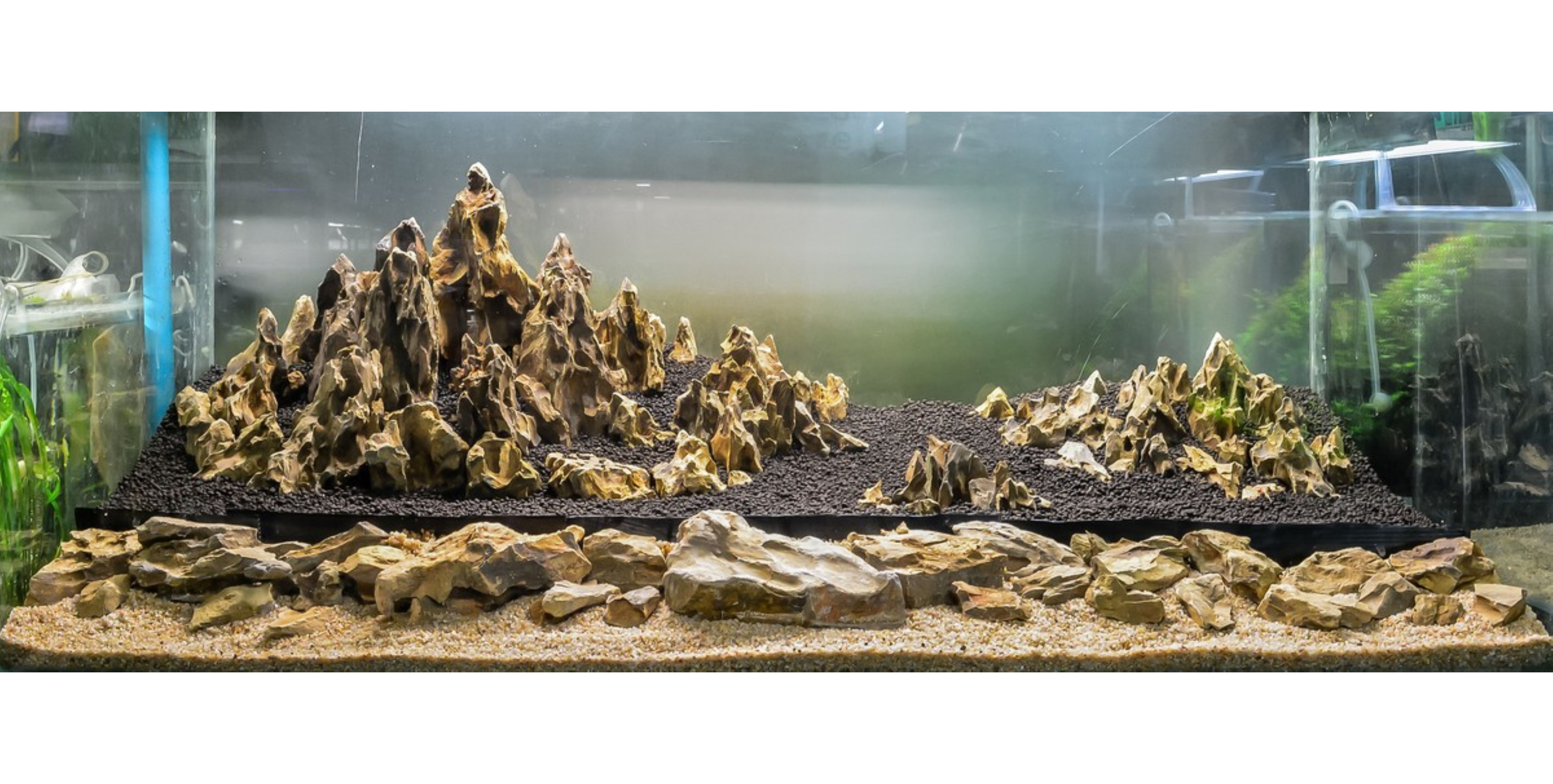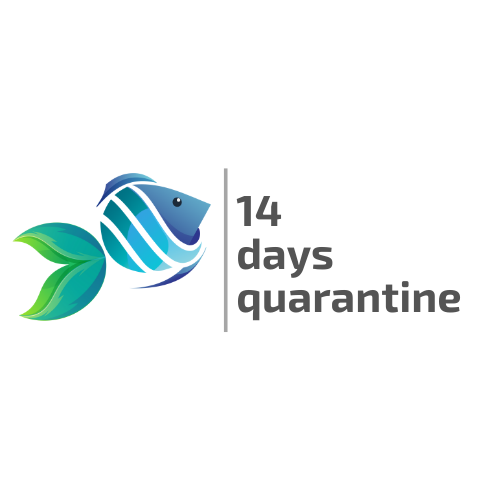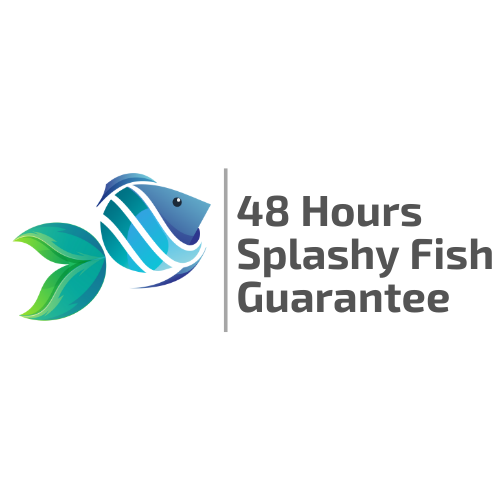Table of Contents
Creating the ideal breeding environment for your aquatic pets is a rewarding challenge, one that requires careful consideration of both habitat and plant life. Aquarium plants play a vital role in promoting healthy breeding conditions by providing shelter, stimulating natural behaviors, and enhancing water quality. In this article, we’ll explore the top five essential aquarium plants that can transform your tank into a thriving breeding haven. From lush, leafy options that offer protection to soft, flowing varieties perfect for nesting, these plants not only beautify your aquarium but also support the well-being of your fish during this critical life stage. Whether you're a seasoned aquarist or a passionate beginner, understanding the best aquatic flora for breeding will help ensure your fish thrive and reproduce successfully. Dive in and discover how the right plants can make all the difference in your aquatic breeding journey!
Importance of Plants in Breeding Tanks
Aquatic plants play an indispensable role in any well-balanced breeding setup. First and foremost, aquarium plants provide a natural and comforting environment that mimics the native habitat of many freshwater fish species. In the wild, fish instinctively seek out plant-covered areas to spawn and raise their young, and your home aquarium should reflect that same logic.
The benefits of live aquarium plants in breeding tanks include:
- Egg-laying sites: Freshwater fish such as Angelfish, Corydoras, and Tetras prefer laying eggs on plant leaves, stems, or tangled foliage.
- Protection for fry: After birth or hatching, young fry are at risk of being eaten by adult tank mates - even by their own parents. Plants offer crucial hiding places that drastically improve survival rates.
- Improved water quality: Live plants act as natural filters. They absorb ammonia, nitrites, and nitrates, helping to maintain safe conditions, especially important in tanks with heavy feeding and bio-loads during breeding.
- Oxygenation: Through photosynthesis, plants release oxygen into the water, helping to support fish respiration and beneficial bacteria.
The takeaway? No breeding setup is truly complete without the right mix of aquatic plant types to form a protective and naturalistic environment.

Criteria for Choosing Aquarium Plants
Not all aquarium plants are suitable for breeding tanks, and your choice should be intentional and strategic. Here are the key criteria to guide your selection:
- Leaf Structure: Fine-leaved plants like Java Moss are perfect for egg-scattering species, while broad-leaved types such as Amazon Sword are ideal for fish that lay adhesive eggs.
- Growth Rate: Fast-growing plants like Hornwort and Water Wisteria help absorb excess nutrients, keeping the water clean and oxygen-rich - a vital condition for fry development.
- Hardiness: Look for hardy plants that can thrive in variable conditions. Breeding often requires adjusting temperature and lighting, so you’ll want resilient species.
- Lighting Needs: Choose plants that can survive under moderate lighting if your breeding setup has dim lighting to mimic natural environments.
- Substrate Requirements: Some plants need nutrient-rich substrates, while others can float or attach to décor, giving you flexibility in tank layout.
The ideal breeding tank includes a mix of rooted, floating, and carpeting plant types, all of which are available in our live aquarium plant collections curated for both aesthetic and functional performance.
Anubias
Anubias is a slow-growing but extremely hardy aquarium plant that fits perfectly in breeding tanks. With its thick, broad leaves and ability to attach to driftwood or rocks, Anubias offers an excellent surface for egg deposition, especially for species like Angelfish, German blue rams, and tetras. These sturdy leaves hold eggs in place and resist damage from curious tank mates.
One of the most appealing features of Anubias is its low-maintenance care. It thrives in low to medium light, doesn’t require CO₂ injection, and grows steadily without dominating the tank. Its resilience to varying water conditions also makes it a top pick for tanks that may undergo slight fluctuations during the breeding cycle.
To prevent rhizome rot, ensure that Anubias is not buried in the substrate. Instead, tie or glue it to décor pieces. This versatility allows aquarists to strategically place Anubias near spawning zones or around areas where fry are expected to congregate.
Java Moss
If there’s one plant every breeding tank should have, it’s Java Moss. This iconic aquarium moss is prized for its dense, tangled growth that forms natural fry hideouts. Java Moss provides both spawning sites for egg scatterers and post-hatching protection, giving fry the chance to grow without being eaten.
Java Moss is incredibly easy to grow. It doesn’t need a nutrient-rich substrate and can survive in low light, making it perfect for all levels of hobbyists. Whether anchored to rocks, driftwood, or left floating, it adjusts seamlessly to your aquascape. It also acts as a biological filter, catching debris and offering microfauna that fry can feed on during their early days.
For fish like Guppies, Endlers, Bettas, and Corydoras, Java Moss is not just useful - it’s essential. Consider pairing Java Moss with other moss varieties in our moss plant types collection to create a lush, multi-layered spawning habitat.
Amazon Sword
Amazon Sword (Echinodorus spp.) is a rooted aquarium plant known for its impressive size and broad leaves. In a breeding tank, it acts as both a visual divider and a practical shelter. The large foliage serves as an ideal egg-laying surface for fish like Discus, Angelfish, and Cichlids, which tend to prefer stable, flat leaves.
Because Amazon Swords are nutrient-hungry, they do best in enriched substrates or with root tabs. In return, these Sword plants offer lush foliage that not only shelters breeding pairs but also provides shade and resting areas for fry. Their wide leaves slow down strong water currents, which can otherwise stress fish during breeding.
Amazon Swords are best placed in the background or midground, where they can grow tall and provide coverage without overwhelming the front view of the tank. These plants are part of our rooted plant types collection and make a powerful addition to any breeding tank design.
Hornwort
Hornwort (Ceratophyllum demersum) is a floating aquarium plant that’s exceptionally popular in breeding setups. Its fine, bristle-like foliage is perfect for both spawning and fry protection. Many livebearers, like Mollies and Platies, give birth to free-swimming fry that immediately need places to hide. Hornwort’s bushy structure offers excellent refuge right at the water’s surface.
One major advantage of Hornwort is its rapid growth rate. It absorbs excess nutrients such as nitrates and helps prevent algae blooms, keeping your breeding tank clean and balanced. You can let it float or anchor it in substrate (though it lacks true roots), depending on your aquascape.
Hornwort doesn’t require much lighting or CO₂, making it ideal for breeders who don’t want to overcomplicate their setup. It’s also allelopathic, which means it releases compounds that suppress algae - creating a healthier environment for baby fish. Explore more floating plant types in our live plant collections.
Water Wisteria
Water Wisteria (Hygrophila difformis) is a fast-growing aquarium plant that brings beauty and utility to any breeding tank. Its lace-like leaves offer excellent coverage for fry and gentle surfaces for egg-laying fish. It can be rooted or floated, depending on the needs of your species and tank layout.
Aside from providing physical cover, Water Wisteria is a champion at nutrient uptake. It absorbs nitrates and excess waste, helping to stabilize water parameters during intense feeding periods when fry require frequent meals. Clean water is essential to fry survival, and Wisteria makes that easier to achieve.
Because of its rapid growth and tolerance to a wide range of conditions, Water Wisteria is perfect for novice breeders and experienced aquarists alike. As part of our plant types for breeding tanks, this species offers a rare combination of form and function.
Conclusion
Building a successful breeding tank starts with a well-planned habitat, and that means selecting the right live aquarium plants. Plants like Anubias, Java Moss, Amazon Sword, Hornwort, and Water Wisteria serve more than aesthetic roles; they’re strategic assets that influence your fish’s reproductive success. By incorporating a mix of plant types - from floating to rooted - you create a multi-layered environment that mimics nature, provides shelter, and supports clean, oxygen-rich water.
Ready to upgrade your breeding setup? Explore our full collection of live aquarium plants for sale and discover curated options tailored for spawning, fry protection, and aquascaping. Whether you're raising guppies or prepping for a discus spawn, we have the right plants to help your fish thrive. Visit us to buy them online or at our aquarium store in Virginia for more betta fish for sale, freshwater fish for sale, freshwater shrimp for sale, and aquarium supplies.
Frequently Asked Questions (FAQs)
Do live plants help improve water quality in breeding tanks?
Absolutely. Live aquarium plants play a crucial role in maintaining ideal water parameters in breeding tanks. When breeding fish, frequent feedings (especially protein-rich fry foods) can cause spikes in ammonia and nitrates, potentially harming sensitive eggs and fry. Fast-growing plants like Water Wisteria and Hornwort are natural water purifiers - they rapidly absorb excess nutrients, keeping the environment safe and balanced.
In addition to nutrient absorption, live aquatic plants help oxygenate the tank, support beneficial bacteria on their surfaces, and reduce harmful toxins. This contributes to a more stable biological system, which is essential during the breeding and early fry stages when fish are most vulnerable.
Are rooted plants necessary for breeding tanks?
Rooted aquarium plants are very beneficial in breeding tanks, though not always mandatory. Species like Amazon Sword and Anubias are rooted plants that offer large, stable leaf surfaces ideal for egg-laying fish such as angelfish, cichlids, and tetras. These broad leaves mimic natural spawning sites and can hold adhesive eggs securely.
Beyond spawning support, rooted plants help with water column nutrient balance. They absorb waste through their roots, reducing ammonia and nitrates - keeping conditions optimal for both breeders and fry. Their root systems also help stabilize substrate and prevent clouding during tank maintenance.
Which plant is best for hiding fry in a breeding tank?
The best plant for hiding fry in a breeding tank is Java Moss, a classic choice among experienced aquarists and breeders. This aquarium plant has fine, dense foliage that creates a thick carpet or bush-like structure, offering ideal protection for newborn fry. Because many fish species - especially livebearers like guppies, mollies, and platies - are known to eat their own offspring, providing safe hiding spots is critical for fry survival.


